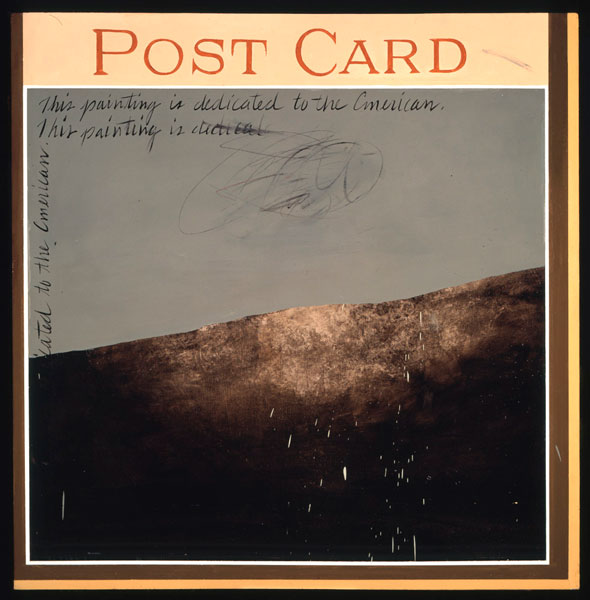I first learned about Charles Burchfield at a rare painting/photography exhibition at the Fraenkel Gallery last September. In these paintings, nature has an intelligence and agency all its own: it twitches, sways and hums. Like the Group of Seven (see preceding post), Burchfield uses painting to enhance his spiritual connection to nature. As the title of the work pictured below suggests, it is God that inhabits every forest and field, animating them. Burchfield not only depicts landscapes aflame with bright, verdant beauty, but forceful, chaotic scenes as well. There is appeal in the power of nature and its ability to promote growth or destruction.
 |
| Charles Burchfield, Glory to God, 1949 |
 |
| Charles Burchfield, Glory of Spring (Radiant Spring), 1950 |
 |
| Charles Burchfield, North Wind in March, 1960 |
 |
| Charles Burchfield, Dandelion Seeds Heads and the Moon, 1961-1965 |
 |
| Charles Burchfield, Night Scene, 1935 |
 |
| Charles Burchfield, An April Mood, 1946-1955 |


























